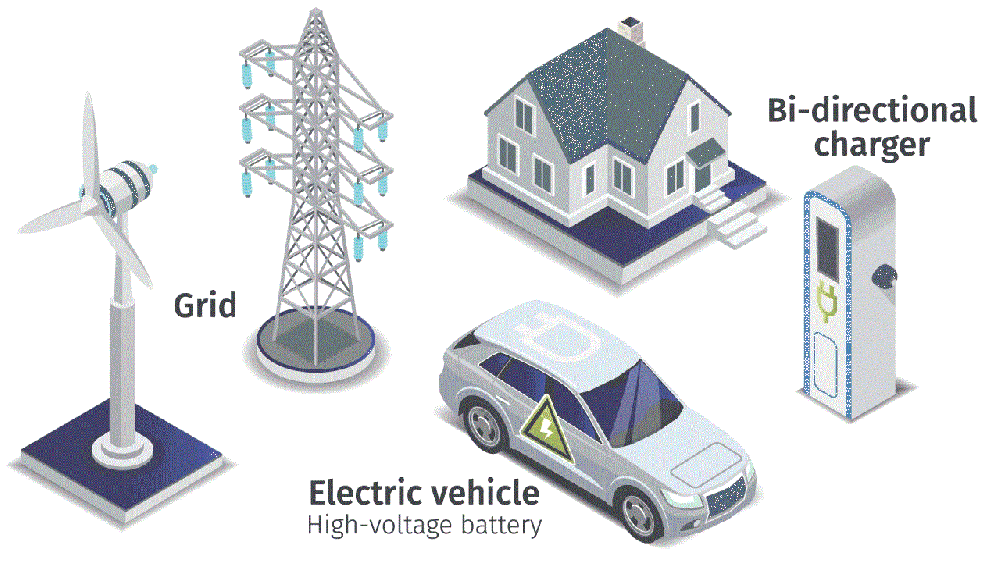
Bidirectional charging technology is revolutionizing the electric vehicle (EV) ecosystem by enabling vehicles to not only consume energy from the grid but also inject power back into the grid. This two-way flow of electricity offers a range of benefits, including grid balancing, energy storage, and emergency power backup capabilities. In this article, we will delve into the concept of bidirectional charging, explore its advantages, and discuss its impact on the future of electric vehicles and the grid.
What is Bidirectional Charging? Bidirectional charging, also referred to as Vehicle-to-Grid (V2G) technology, allows electric vehicles to serve as energy storage devices that can feed surplus power back into the grid when needed. This technology enables EVs to not only charge from the grid during off-peak hours but also discharge energy back into the grid during peak demand periods or in case of grid instability. By leveraging the energy stored in EV batteries, bidirectional charging enhances grid flexibility, reliability, and efficiency.
Advantages of Bidirectional Charging:
1. Grid Balancing: Bidirectional charging helps balance fluctuations in electricity supply and demand by allowing EVs to act as distributed energy resources. By intelligently managing the charging and discharging of EV batteries, grid operators can stabilize grid frequency, reduce peak demand, and minimize the need for costly grid upgrades.
2. Energy Storage: EVs equipped with bidirectional charging capabilities can serve as mobile energy storage units, storing excess renewable energy generated during periods of low demand and releasing it back to the grid when needed. This enables better integration of variable renewable energy sources, such as solar and wind power, and helps optimize energy utilization.
3. Emergency Power Supply: In scenarios of grid outages or emergencies, bidirectional charging allows EV owners to use their vehicles as backup power sources for homes, businesses, or critical infrastructure. The energy stored in EV batteries can be utilized to provide electricity during emergencies, offering a reliable and sustainable alternative to traditional backup generators.
4. Cost Savings and Revenue Generation: Bidirectional charging opens up new opportunities for EV owners to participate in demand response programs, energy markets, and grid services, potentially earning revenue through energy trading and grid participation. This can help offset the costs of EV ownership and incentivize consumers to adopt electric vehicles.
Impact on the Future of Electric Vehicles and the Grid: Bidirectional charging is poised to transform the relationship between electric vehicles, renewable energy sources, and the electric grid. As the adoption of EVs increases and charging infrastructure evolves to support bidirectional capabilities, the grid will benefit from enhanced flexibility, resilience, and sustainability. EVs will play a more active role in the energy system, supporting the integration of renewable energy, reducing carbon emissions, and contributing to a more efficient and reliable grid.
Bidirectional charging technology holds immense promise for the future of electric vehicles and the energy transition. By enabling EVs to not only consume energy but also supply it back to the grid, bidirectional charging paves the way for a more dynamic and interconnected energy system. As innovation in EV technology and charging infrastructure continues to advance, bidirectional charging will play a pivotal role in shaping a cleaner, more sustainable, and resilient energy future.
